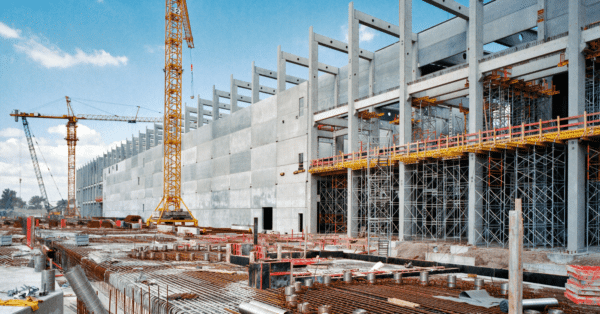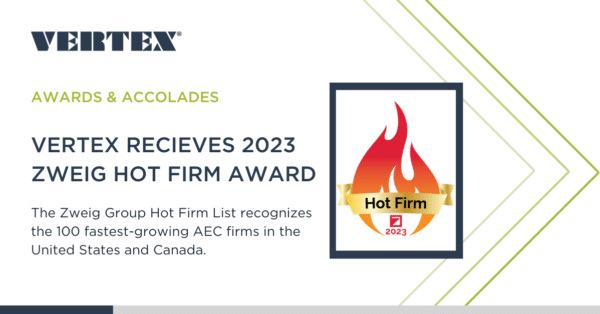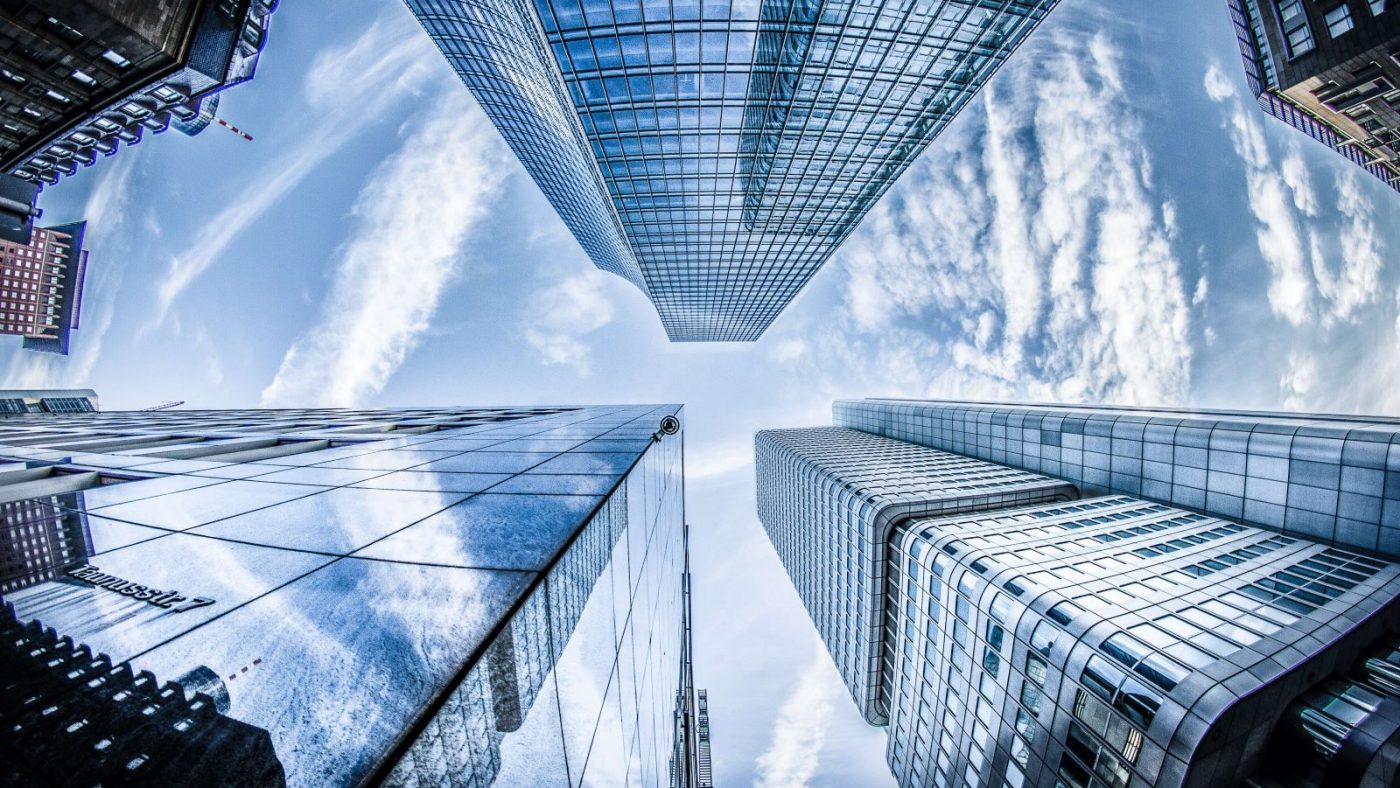If you were to peruse a list of building awards over the past 10 years, you’d see that a sizable portion of the projects hold LEED and/or other sustainability certifications. There’s no doubt that more businesses are deciding to invest in sustainability for their buildings to reap the many recognized benefits. As they do, the marketplace for building rating systems is evolving and maturing, and along with that comes a new generation of specialized sustainability certifications.
Here is a short summary of the current major certifications as well as some of the up-and-coming systems to watch in the coming years.
LEED
Perhaps the most well-known of the certifications is Leadership in Energy and Environmental Design (LEED).
Started by the nonprofit United States Green Building Council (USGBC) in 1998, the certification system has become one of the most popular in the world. With each version of its rating system, USGBC raises the threshold for earning points, with the goal of continually raising the sustainability bar, so that every new building that gets (re)certified stands out as a leader in the building world.
In LEED v4, there are seven main credit categories: Location and Transport, Sustainable Sites, Water Efficiency, Energy and Atmosphere, Materials and Resources, Indoor Environmental Quality, and Innovation. There are also credits a project can earn related to regional priority and implementing an integrative process.
As of this spring, the organization has released a draft of its upcoming LEED v4.1 rating system, providing new methodologies and streamlining its scorecard and requirements.
WELL
The WELL system is unique from the others in that it is the first building standard with the mission of transforming buildings to promote the health and wellness of its occupants. It is designed to bridge the gap between medical research and the design and construction of buildings. Almost 40% of the WELL Building Standard is related to LEED’s Rating system, making it another complementary certification, and the International WELL Building Institute is expanding its alignment with other popular systems as well.
The business case for getting a building WELL Certified is that a majority of businesses spend a greater order of magnitude on payroll than on the building and utility costs. By improving or constructing a building that increases health and productivity, a business can reap solid improvements to its bottom line.
BREEAM
The first system established to assess and certify sustainable buildings came from the United Kingdom in 1990, published by the Building Research Establishment (BRE). It is called the Environmental Assessment Method, known as BREEAM. From its roots, it has been the choice certification in the United Kingdom and has a strong presence in Europe.
There are 10 categories in BREEAM’s rating as of 2018: Energy, Health and Well Being, Innovation, Land Use, Materials, Management, Pollution, Transport, Waste, and Water. The end result of the BREEAM assessment is a Rating, reflected by a number of stars, ranging from Acceptable to Outstanding.
In 2016, BRE Partnered with BuildingWise to create BREEAM USA and is introducing the certification system BREEAM In-Use to the American marketplace. One difference between BREEAM In-Use and LEED O&M is that it does not have prerequisites, giving it flexibility for building types that otherwise would be difficult to certify with other systems.
GREEN GLOBES
First developed in Canada and based on BREEAM, Green Globes came to the U.S. in 2004 and is administered by the Green Building Initiative (GBI), a nonprofit organization based in Oregon. It shares much of the same categories as LEED and BREEAM, making it one of the competing standards.
It is structured as a self-assessment to be done by the project’s internal team, and the language of the process is designed in such a way that it doesn’t require a sustainability professional with in-depth knowledge of the rating system. Also, like BREEAM, it does not have any prerequisites. This allows the project team to spend less on consulting fees, although the Green Globes generally have a higher project fee for certification.
LIVING BUILDING CHALLENGE
Started in 2006 by the Cascadia Green Building Council (a chapter of USGBC and Canadian Green Building Council), the Living Building Challenge is a certification that aims to be the most rigorous building standard for sustainability. This certification is designed for those who want to take sustainability as far as they can, so it doesn’t normally compete with the other certifications mentioned in this article.
The rigorous requirements include the demonstration that a building has achieved one or more of the following criteria in the 12 months following the project’s completion: Net Positive Energy, Net Positive Water, and Net Positive Waste. In other words, the goal of a living building is to have a regenerative impact on the environment and its surrounding community.
The organization that oversees this certification is the International Living Future Institute. The system is organized into seven categories called Petals: Place, Water, Energy, Health, Materials, Equity, and Beauty. They have levels of certification, Full Living Building (all Petals), Petal certification (place, beauty, and either energy/water/materials petals), and Net Zero Certification.
EDGE
EDGE is a certification system similar to LEED, but with a focus on helping emerging markets become sustainable as their countries handle incoming urbanization. The International Finance Corporation, a member of the World Bank Group, created the EDGE system to enable design teams and project owners to assess the most cost-effective ways of incorporating energy-saving and water-saving options into their buildings.
SITES
While the majority of certifications are focused on buildings, SITES is focused on everything outside of them, as well as any property that doesn’t have a building in the first place. The goal of SITES is to help regenerate urban and existing built environments and their role in the greater ecosystem.
Put simply, SITES is a comprehensive rating system to distinguish and design sustainable landscapes and is complementary to other certifications like LEED. While still relatively new (SITES AP credential only started a few years ago), it is becoming popular among leading landscape architects.
GRESB
The Global Real Estate Sustainability Benchmark is a system catered specifically to businesses and investors that own commercial real estate. What makes GRESB different from others is that it is a for-profit entity that issues a yearly survey that assesses a company’s performance in the three central factors of sustainability and ethical impact: Environmental, Social, and Governance (ESG).
One major reason a company would partake in the survey is that it helps them manage their portfolio to improve performance and reduce operating costs. It also provides a common metric that can attract investors as well as enrich investor engagement.
PARKSMART
Formerly called the Green Garage Certification, Parksmart is a rating system strategically aimed to advance sustainability in parking structure design and operation. The rationale behind the system is that parking ranks among the highest land uses in cities and a majority of vehicles are parked about 95% of the time.
Certification is open to both new and existing parking facilities and contains four categories: management, programs, technology, and structure design, and innovation. A number of credits overlap with LEED, so it is another attractive complementary certification for projects that have multi-level parking in their construction/maintenance plans.
How Can VERTEX Help?
As you can see, keeping up with this dynamic industry sector is more challenging than ever before. Achieving leadership status often requires specialized expertise. That’s why VERTEX has assembled a diverse team of sustainability professionals that are expertly versed in the various certification systems, working closely with owners to help them achieve their sustainability goals.
This article was originally published by Xpera Group which is now part of The Vertex Companies, LLC.







